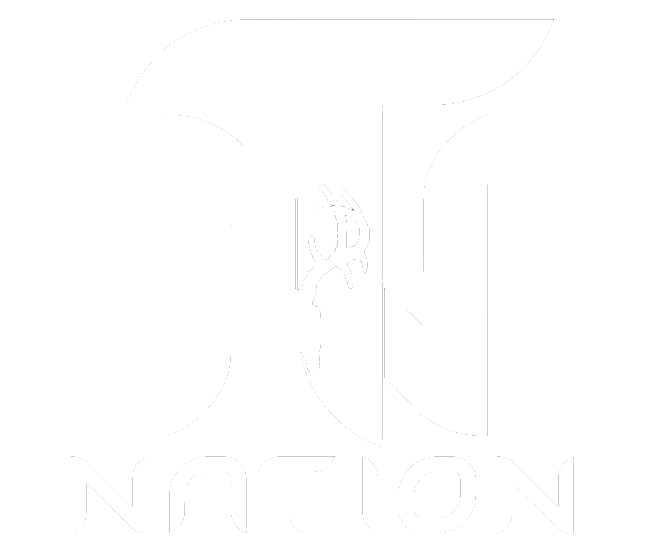Predator Management
Predator Management
By Keith Denoncourt
A Devastating Call
Several years ago, I received the kind of call that no horse or livestock owner ever wants to get. An elderly lady who helped care for my horse called me in hysterics. Through her tears, she explained that wolves had killed three horses, urging me to come to the farm immediately.
I rushed home, grabbed my rifle, and headed straight there. By the time I arrived, Fish and Wildlife officers were already on the scene. Unfortunately, it was too late. The horses, now mostly consumed, lay less than 100 yards from her back door.
The sight was devastating. Her breeding mares—her livelihood and close companions—were gone. But the worst part wasn’t just the loss of these beloved animals. The remaining horses were severely injured, and they didn’t always realize we were trying to help them.
It took a dedicated team of cowboys and veterinarians working tirelessly for months to nurse the survivors back to health. Thousands of dollars were spent on veterinary care, and only through the team's true dedication were the injured horses able to heal.
This heartbreaking experience is one I wouldn’t wish on anyone. Yet, for livestock owners and landowners, predator attacks and property damage are a common reality. Those outside the farming and outdoor industries often fail to grasp the depth of this devastation or the helplessness we feel in such situations.
Writer Keith D. with the wolf he encountered on a 2024 moose hunt.
The Reality of Predator Encounters
Recently, I had another close encounter with predators while tandem-calling moose with a friend. We were about 50 yards apart, waiting for a moose to show, when I suddenly heard a gunshot.
When my friend emerged from the clearing, he wasn’t elated. He was solemn. “There’s one less,” he said quietly.
As I approached, I saw a male wolf lying on the ground. My friend had instinctively shot it through the chest at just 30 yards—a clean, one-shot kill. Eight wolves had rapidly entered the small clearing, and one was looking directly at him.
Although he knew it was the right decision, taking a life is sacred and never to be taken lightly. We took a moment to reflect on the important role we, as sportsmen, play in wildlife management. After offering our respects, we began the meticulous process of skinning the wolf, intending to use the hide for future fur clothing.
The Importance of Predator Management
Predator management is a vital responsibility for maintaining a healthy wildlife population. When populations of coyotes, wolves, bears, or cougars grow unchecked, it’s not just livestock that’s at risk—entire ecosystems suffer.
Predators taking down prey is not the quick, romanticized event often portrayed. It’s a prolonged process that can take days, with prey enduring immense pain and suffering before succumbing. By contrast, a well-placed bullet or snare ends the predator's life almost instantly.
With a little effort, predator hides can be transformed into renewable, fashionable clothing, while taxidermy preserves memories and showcases nature’s beauty. These practices also teach us to value our natural resources and maintain the intricate balance between humans and the ecosystem.
Get Involved
As sportsmen, it’s our responsibility to educate others about the realities of nature and wildlife management. If you have any questions about predator management or need help finding an outfitter to assist with predator control, don’t hesitate to reach out.
This version is optimized for online reading with shorter paragraphs, clear headings, and a more engaging flow for digital audiences. Let me know if you’d like further adjustments!




